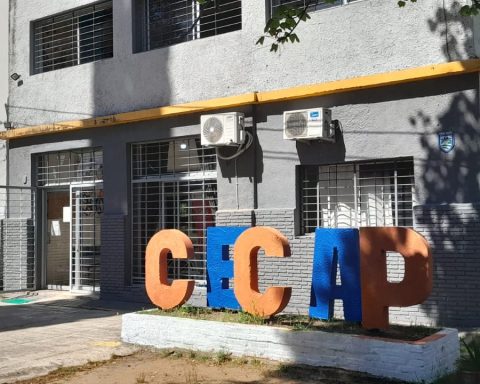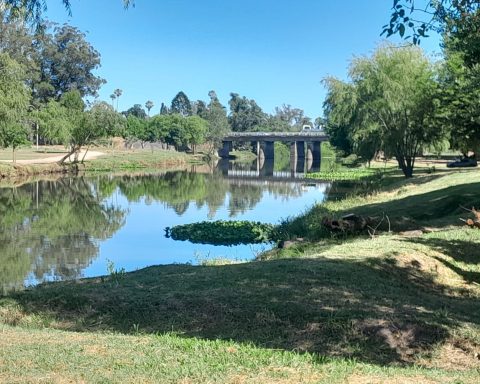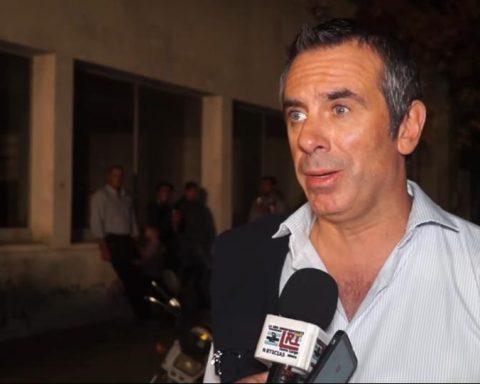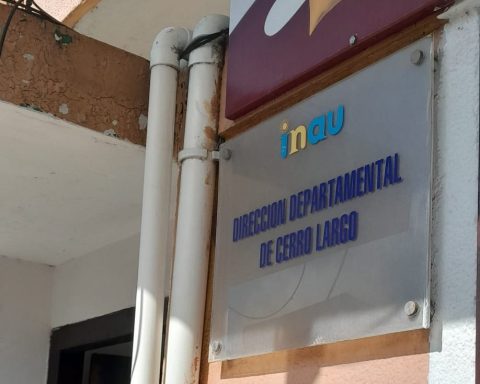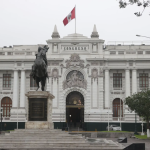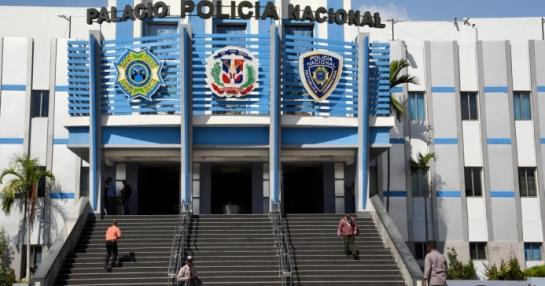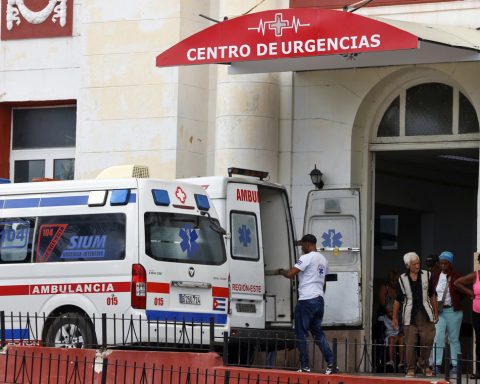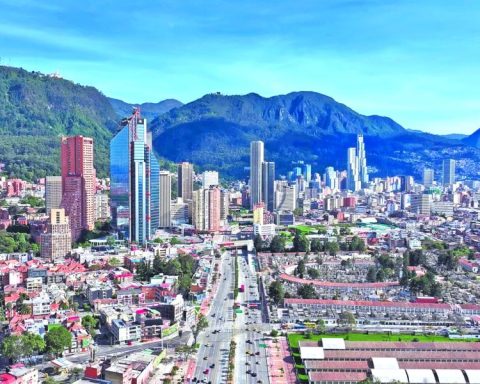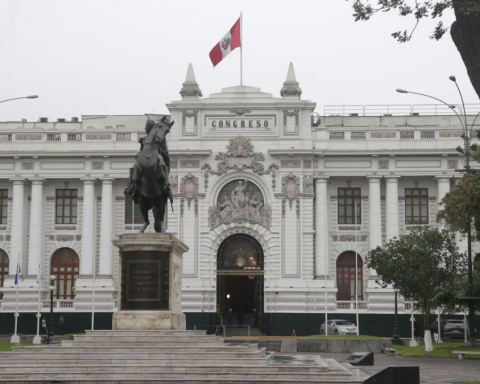Alexander Buratovich was appointed as general manager of the company in Uruguay. The executive knows the business closely since he previously worked at the Argentine citrus company San Miguel Global for several years. To know the plans and the millionaire bet that Frutura will make in Uruguay, The Observer spoke with him CEO who will take the reins of Citrícolas Salteña (Caputto) in the coming days. No time to pause because a new citrus harvest is starting in Salto, The new investor is optimistic about getting the most out of the business and expanding its production.
What led you to invest?
The CEO of Frutura in Uruguay commented that the decision to keep Caputto’s assets began to take shape “some time ago”, after the Justice approved the liquidation of the assets of that productive unit. Also because there was “will” of the government of Lacalle Pou and the creditors and the BROU in particular —which is the main creditor— of trying to sell the company en bloc to ensure its continuity.
“This process coincided with Frutura’s search to do something with Uruguay. It is a very interesting country to produce citrus and that was what attracted interest at the beginning,” said Buratovich.
The executive indicated that a “long” and detailed analysis of the business and the value of Citrícola Salteña’s assets was then carried out before taking the final step and confirming its offer.
Alejandro Buratovich, CEO of Frutura Uruguay.
Asked if at any time it was analyzed whether the cost structure that Uruguay has could be a barrier when deciding the investment, the executive relativized that variable. “I know the sector closely. I worked five years as general manager of a citrus operation (for San Miguel) and I know the problem you are mentioning to me”, he assured. The executive said that citriculture is an activity that competes with market giants such as South Africa, Chile, Argentina or Peru.
“Each of the origins has things that play a little more favor and others more against. Uruguay has a high cost in some aspects compared to some of its competitors; labor can be an example, in the case of South Africa and Peru, although not so with Chile. But also doing the agricultural part of the production is cheaper in Uruguay than in Peru, for example, because 100% irrigation and fertilization is required. Here, nature gives part of that, “said Buratovich.
The executive added that there are currently “several technological packages” available to treat the plants, which leads to a “certain balance” between costs and the productivity that can be achieved.
“It is true that Uruguay is not a country where it is automatically profitable. That is why you have to have a business plan and a very specific strategy, but it can be profitable. There are examples of profitable citriculture in Uruguay”, she assured.
The Frutura firm has knowledge of the sector in different places. Its CEO, David Krause, has extensive knowledge of this sector in California, where there are group companies that are dedicated to this activity. At the same time, it also has Agrícola Don Ricardo in Peru.
“There is a lot of know-how to transfer and exchange with Uruguay to arrive at the best exploitation model in Citrícola Salteña,” said Buratovich.
What will they prioritize?
Caputto’s new investors consider that “there are many opportunities” to improve the productive and industrial operation of the plant. On the one hand, in the agricultural area, Frutura plans to continue with the varietal reconversion process that the previous administration had initiated. “There is still a long way to go,” assured the CEO of Frutura in Uruguay.
This process is not “automatic” since the biological cycle from which a variety that is old or unprofitable is replaced by a new one. The process of buying the plant demands and implantation demands 2 years and then it has another 4 years until it begins to give a reasonable volume of fruit. “From the time you made the decision (to reconvert), until you started harvesting, 6 years go by,” explained Buratovich.
The investor intends to deepen this reconversion process to adapt to what the international market is demanding today.
“The main product that Uruguay has as a citrus producer is the tangerine with the United States. That is, perhaps,the best opportunitythat we have today”, recognized the executive, although he admitted that it is a “business with fluctuations” and that is why those who are in the sector know that “You can’t put all your eggs in one basket.”
Frturua plans to maintain a mix with orange production and add “some lemon”. The latter was the “great star” six or seven years ago at a global level, but later it was planted more and its placement is “complicated”, while the reverse cycle happened with orange.
One of the advantages that Uruguay has with its mandarins is that its production window “fits very well” with the US demand, and the early varieties arrive before competitors such as Peru or Chile.
“Uruguay began selling this variety in 2014 in the US and, after a learning period in the last two years, it took on a greater role. Today, Uruguayan fruit is very well seen in that market,” he said.
On the other hand, everything suggests that this year it will be “difficult” for Uruguay and other suppliers such as South Africa or Argentina to export citrus to Russia, a relatively important destination for the sector. “Surely that could generate some friction in other markets due to excess supply,” warned the CEO of Frutura in Uruguay.
The planned investments
In addition, of the money he will spend to keep Caputto’s assets, the multinational Frutura plans to make a “significant investment” in all the links of the company in Uruguay, for an amount that will be around US$ 10 million, the most of which will be concentrated in the first two years.
“In the packaging area, we must invest in technology, in cold systems to make processes more efficient,” Buratovich said.
The investor plans to invest in the Caputto citrus plant where citrus juices, concentrates and essential oils are produced to “expand that business” in Uruguay.
Staffing: today the priority is the harvest
Fruit growing is characterized by being a labor-intensive activity. The unit of Citrícola Salteña employs about 1,000 jobs directly and a similar number indirectly.
The CEO of Frutura specified that as they haven’t taken control of the company yet, they don’t have a clear diagnosis of whether Caputto’s current staffing fits in with their business model.
Buratovich indicated that he does have a “general notion” of how the Citrícola Salteña firm’s workforce was structured. “Honestly, we don’t have a clear vision today to say if the workforce is very good or average. We assume that, for the most part, it is personnel who have experience in the subject and who are trained to do it, ”he pointed out.
The new owner of Caputto is expected to take control of the company on March 30, already in full shooting of the new citrus harvest season. For it, must pay 50% of the auction base (about US$ 18.2 million) that Frutura will contribute directly with its own funds.
“We are going to take the assets and immediately go out to produce, to harvest, to pack, to process in the factory. Therefore, we are going to need this staff to start. Of course, any change in administration always brings about some rearrangement in the structures because there are different approaches or visions on certain operations. Today is a bit early to have a more concrete detail; only by the end of the harvest will we have something clearer”, explained the CEO.
The credit with the BROU and the Caputto brand
LAfter Frutura gains control of Caputto — next March 30— is given start a deed of assets process that can take up to 6 months. Once this process is resolved, must pay the remaining 50% of the auction (another US$ 18.2 million).
The CEO of Frutura recalled that for the remaining 50% there is a line of financing with the BROU that will “give support” to the total investment.
The state bank had announced prior to the auction that for anyone who participated in the call it was willing to provide a “special line” of financing for Caputto. Buratovich revealed that his company “already had pre-approval” for this loan by BROU before raising its offer to the auction, for whichNow work will continue for final approval.
Caputto has a liability of about US$ 50 million and its main creditor was Banco República (BROU).with which he kept a liability of around US$ 20 million.
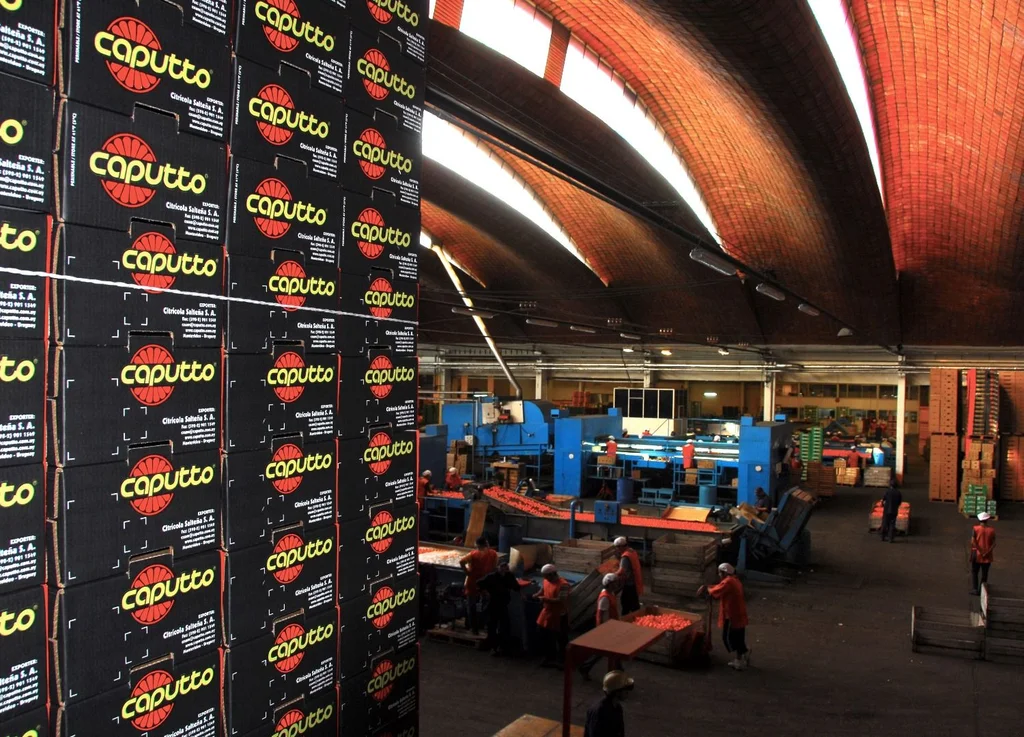
Frutura plans to give priority to the production of mandarins in Salto.
Caputto has appraised assets that at the time were appraised for around US$70 million. The giant from Salta has about 3,500 hectares (ha) of which 1,500 (ha) were destined for varietal reconversion. The firm has an industrial packaging plant for fresh fruits and another for juices of 26 thousand square meters.
The American company has not yet defined whether it will keep the Caputto brand on the market. “That is something that we have to analyze a little more,” said the CEO of Frutura.
